The first brake lining was created in 1888. The first asbestos brake lining was formally developed in 1908 after the invention slowly advanced over time. Because of its heat resistance, fire resistance, electricity resistance, tensile strength, and sound absorption qualities, asbestos was chosen for this project. The early 1900s saw the beginning of a serious examination of asbestos toxicity. Read More…
You only need to know one name for your friction material needs: Cook Bonding & Manufacturing. We have been working hard for over 3 decades and specialize in the manufacture of high quality friction materials, gear tooth facings, press blocks, and more.

ProTec Friction Group is a producer of friction components and forms. By combining our manufacturing expertise with our supply chain knowledge, we are able to bring friction solutions to our customers.
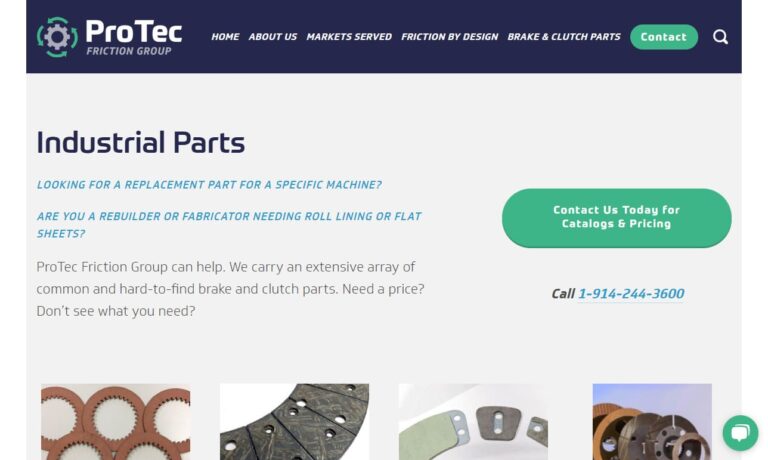
As a complete friction materials company you can send us your custom fabrication, bonding, relining, riveting, brake lining or clutch assembly questions and we will provide you with fast & competitive quotes. At Phoenix Friction we understand the importance of finding reliable, timely & cost-effective solutions for your friction material problems and that is why strive for 100% customer...
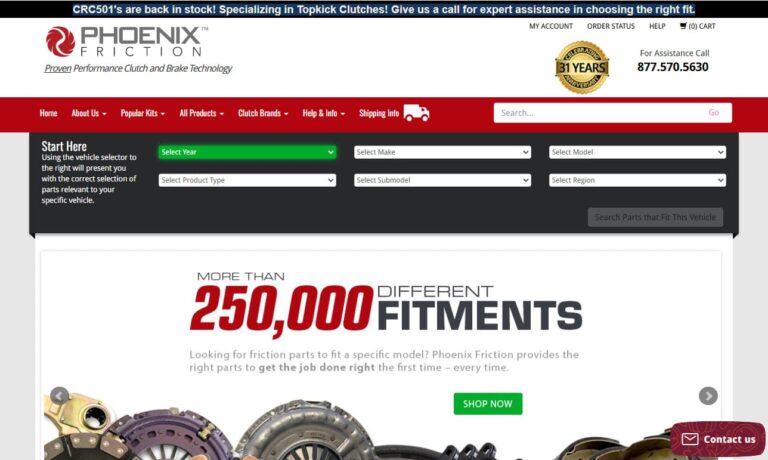
More Brake Lining Manufacturers
The first recognized asbestos-related fatality diagnosis was made in 1924, although the fiber was not completely outlawed until 2003. Numerous mechanical braking systems—such as those found in bicycles, heavy trucks, passenger vehicles, tractors, agricultural and farming equipment, elevator safety brakes, and even specialized devices like spindle brakes within VCRs—use brake linings of diverse forms, sizes, and material compositions today. Brake linings are critical components in modern friction braking systems, ensuring reliable stopping power and safety across a vast range of industries and applications.

Materials for Brake Lining
Brake linings are vital parts of braking mechanism systems, acting as the primary friction materials that help slow or stop the motion of moving machines and vehicles. These friction linings—also commonly referred to as brake pads—provide a barrier between components such as brake shoes and rotors (or drums in drum brake systems). This not only increases friction and enhances braking performance, but also extends the system's lifespan by preventing premature component wear and damage. In this sense, brake linings function as a protective safety net, ensuring optimal operation of braking systems in vehicles ranging from cars and trucks to industrial machinery and elevators.
Brake linings are similar to brake bands and brake blocks, which are used in certain drum brakes and industrial applications. The materials used for brake linings must withstand extreme conditions, including repeated friction, high temperatures, and pressure, while maintaining a consistent coefficient of friction. This is why the evolution of brake lining materials is closely tied to improvements in vehicle safety, performance, and regulatory compliance—especially after the hazards of asbestos became widely recognized.
Modern Brake Lining Materials: Friction Material Evolution
Historically, asbestos brake linings were widely used for their heat resistance and durability, but due to severe health risks—including lung cancer and mesothelioma—these materials have been phased out in favor of safer alternatives. Today, the most common brake lining materials include:
- Semi-metallic brake linings: Contain a blend of metals like steel, copper, and iron, offering high durability and excellent heat dissipation.
- Non-asbestos organic (NAO) linings: Made from organic fibers, resins, and fillers, providing quieter operation and less rotor wear.
- Ceramic brake linings: Incorporate ceramic fibers and copper, delivering superior performance, low dust, and minimal noise—ideal for high-performance vehicles.
- Carbon composite and aramid fiber linings: Used for specialized or heavy-duty applications, combining lightweight construction with exceptional strength.
Manufacturers often adjust the composition and thickness of brake linings based on intended use, performance requirements, and desired lifespan. For example, heavy-duty trucks or commercial vehicles may require thicker, more heat-resistant linings, while passenger cars may benefit from quieter, smoother-operating materials.
Designing Brake Lining: Performance and Safety Factors
Brake lining materials are securely attached to metal or ceramic backing plates—similar to a brake shoe—using advanced heat-resistant adhesives, rivets, or bonding processes. The coefficient of friction is a major design consideration, as braking systems must reliably convert kinetic energy into thermal energy without excessive wear, glazing, or loss of stopping power. To achieve this, friction materials are engineered to be rough or textured, while remaining robust enough to withstand high levels of heat and pressure generated during repeated braking cycles.
A wide range of semi-metallic and non-metallic materials—including aramid fibers, carbon composites, cellulose mineral fibers, ceramics, chopped glass, copper fibers, and steel fibers—may be used in the manufacturing process. Many friction material manufacturers work with standardized formulas, but may tailor blend ratios, binders, or reinforcement fibers to optimize performance for specific applications. For example, a brake lining designed for a high-speed sports car will have a different material composition than one intended for industrial hoists or agricultural tractors.
When selecting brake linings, it's important to consider not only the friction material but also the compatibility and quality of related components—such as clutch discs, brake drums, and rotors. Using high-quality linings with subpar companion parts can lead to accelerated wear, safety issues, and reduced braking efficiency. In certain scenarios, softer, lightweight brake linings may be preferable for reducing noise and minimizing rotor wear, especially in luxury vehicles or specialty machinery.
Regardless of the specific material, all braking systems depend on carefully engineered friction linings to safely and efficiently slow or stop moving machinery. Regular maintenance, inspection, and timely replacement of worn linings are essential for optimal safety and performance in automotive, industrial, and commercial environments.

Key Considerations When Choosing Brake Lining
How do you select the right brake lining for your application? Choosing the best brake lining material involves evaluating several performance factors to ensure safety, reliability, and cost-effectiveness. Here are crucial criteria to guide your decision:
- Friction coefficient: The lining must maintain a high and consistent friction coefficient across a wide range of temperatures for effective and predictable braking. Note that friction values can decrease as temperatures increase, so materials with high-temperature stability are preferred.
- Thermal resistance: Quality brake linings must resist fading, glazing, or loss of performance when subjected to intense heat, especially during repeated or emergency braking.
- Abrasion resistance: Long-term durability is essential. The lining should wear evenly and gradually, maximizing service life and reducing maintenance costs.
- Noise and vibration reduction: Look for linings that minimize squealing, grinding, or vibration, which can cause driver discomfort and signal premature wear.
- Resistance to foreign substances: Linings should repel water, dirt, dust, and other contaminants to prevent loss of friction and maintain consistent performance.
- Rotor and drum compatibility: The lining material should be matched with high-quality rotors or drums to prevent excessive wear or damage.
- Environmental compliance: Consider eco-friendly, non-asbestos materials that meet current regulations, especially for fleet and commercial operators.
- Cost-effectiveness: Balance upfront costs with expected lifespan and maintenance needs to ensure the best overall value.
If you're unsure which brake lining is right for your vehicle or machinery, consider these common questions:
- What type of braking system (disc or drum) does your equipment use?
- Is your application heavy-duty, high-speed, or subject to frequent stop-and-go cycles?
- Do you prioritize quiet operation or maximum durability?
- How important are eco-friendly, non-asbestos materials for your business or compliance needs?
Need help comparing brake lining materials for trucks, cars, or industrial equipment? Explore our directory of brake lining manufacturers to evaluate your options, download technical datasheets, and request expert advice tailored to your use case.
Types of Brake Lining: Applications and Benefits
Ceramic Brake Lining
Ceramic brake linings are constructed primarily from refined clay and ceramic fibers, often enhanced with copper or other metal fibers. These advanced friction materials are widely used in modern, high-performance vehicles and are increasingly popular in luxury cars and electric vehicles due to their superior characteristics. Key benefits of ceramic brake linings include:
- Low dust production: The dust generated is lighter in color and less likely to adhere to wheels, keeping both the wheels and vehicle cleaner.
- Quiet operation: Ceramic pads produce minimal noise and vibration, enhancing driver comfort.
- Longer lifespan: These linings wear slowly, providing extended service intervals and lower maintenance costs.
- Gentle on rotors: Ceramic materials are less abrasive, reducing rotor wear and prolonging component life.
- Consistent performance: They maintain stable friction characteristics across a wide temperature range, making them ideal for both everyday driving and high-performance applications.
While ceramic brake linings offer several advantages, they are typically the most expensive option on the market. They are best suited for drivers seeking quieter operation, less brake dust, and reliable stopping power in demanding conditions.
Semi-Metallic Brake Lining
Semi-metallic brake linings typically contain 30–65% metal content, which may include steel, copper, iron, or brass, blended with fillers and lubricants such as graphite. This composition delivers exceptional strength, making semi-metallic linings the preferred choice for heavy-duty vehicles, high-performance sports cars, and commercial trucks. Key features and applications include:
- Excellent heat dissipation: The metallic composition helps conduct heat away from the rotor or drum, reducing the risk of brake fade during intense use.
- Enhanced durability: These linings offer a longer lifespan than organic or non-asbestos alternatives, especially in demanding environments.
- Strong stopping power: Semi-metallic pads provide reliable, high-friction braking performance in both wet and dry conditions.
- Cost-effective: Generally more affordable than ceramic or specialty friction materials, making them popular for fleet and commercial applications.
- Versatile applications: Used in passenger cars, trucks, buses, industrial vehicles, and construction machinery.
Potential drawbacks include increased noise and higher dust production compared to ceramic or organic linings. Additionally, semi-metallic linings may be slightly more abrasive on rotors, which can increase maintenance needs over time. When evaluating semi-metallic vs. ceramic or organic brake linings, consider your budget, vehicle type, and operational requirements.

Non-Asbestos Organic (NAO) and Low-Metallic Brake Lining
NAO (Non-Asbestos Organic) brake linings are made from organic fibers (such as aramid, Kevlar, or cellulose) combined with high-temperature resins and fillers. These are designed to offer quiet operation, reduced rotor wear, and improved environmental safety. Low-metallic NAO pads include a small amount of metal to enhance heat transfer and braking efficiency. Common applications include passenger vehicles, light trucks, and certain industrial machinery where comfort and reduced noise are priorities.
Specialty Brake Linings: Carbon and Aramid Fiber Composites
For specialty and high-stress applications—such as motorsports, aerospace, and heavy-duty industrial machinery—advanced carbon composite and aramid fiber brake linings offer unmatched strength-to-weight ratios, exceptional heat resistance, and consistent friction performance under extreme conditions. While these materials are more expensive and typically reserved for niche uses, they represent the cutting edge of friction material technology.
Brake Lining Applications Across Industries
Brake linings are critical for safety and efficiency in a wide range of sectors. Common applications include:
- Automotive: Passenger cars, commercial trucks, motorcycles, and buses utilize brake linings for both disc and drum brake systems.
- Rail and Transit: Locomotives and light rail vehicles rely on specialized friction materials for safe, precise braking.
- Industrial machinery: Hoists, cranes, elevators, and conveyors employ durable brake linings for load control and worker safety.
- Aerospace: Aircraft use advanced composite brake linings for high-performance, lightweight braking solutions.
- Agricultural equipment: Tractors, harvesters, and other farm machinery need tough, weather-resistant linings for reliable operation in challenging environments.
- Marine and Off-highway vehicles: Boats, construction equipment, and specialty vehicles require linings that resist corrosion and maintain performance in harsh conditions.
Wondering which brake lining is right for your industry or equipment? Compare applications, technical requirements, and performance benchmarks by browsing our in-depth product guides and manufacturer profiles.
Benefits of Quality Brake Linings: Why Material Choice Matters
Investing in high-quality brake linings delivers tangible benefits beyond just stopping power. Consider these advantages when researching, evaluating, and purchasing brake linings for your vehicles or equipment:
- Enhanced safety: Reliable friction materials ensure consistent stopping distances and minimize the risk of brake failure.
- Lower total cost of ownership: Durable linings reduce maintenance frequency, extend component life, and decrease downtime.
- Environmental compliance: Modern non-asbestos linings eliminate harmful fibers and meet regulatory standards for health and safety.
- Improved comfort: Low-noise, low-dust linings enhance the driving or operating experience.
- Customizable performance: A wide range of friction materials enables tailored solutions for unique applications, from sports cars to industrial hoists.
Curious about best practices for extending brake lining life? Regular inspection, proper bedding-in, and using manufacturer-recommended materials are all crucial steps. Learn more in our brake material maintenance guide.
Choosing the Proper Brake Lining Supplier
To ensure you have the most positive outcome when purchasing brake linings from a brake lining supplier, it is important to compare several brake lining companies using our directory of brake lining suppliers. Each brake lining supplier has a business profile page highlighting their areas of experience and capabilities, along with a contact form to directly communicate with the supplier for more information or request a quote. Review each brake lining company website using our patented website previewer to quickly learn what each company specializes in. Then, use our simple RFQ form to contact multiple brake lining businesses with the same form.
Looking for the best brake lining manufacturer for your needs? Consider these key decision factors:
- Certifications: Does the supplier meet ISO, SAE, or other industry standards for quality and safety?
- Product range: Can the company supply linings for your specific application, whether automotive, industrial, or specialty?
- Customization: Are custom formulations or sizes available for unique requirements?
- Technical support: Does the supplier offer expert consultation, installation guidance, and after-sales service?
- Lead times and logistics: How quickly can your orders be fulfilled and shipped?
Ready to compare brake lining suppliers, request quotes, or download technical specifications? Start your search here and connect directly with industry-leading manufacturers for tailored solutions.
Frequently Asked Questions About Brake Linings
What is the lifespan of a typical brake lining?
The lifespan of brake linings varies by material, application, and usage. Passenger vehicles may require replacement every 30,000–70,000 miles, while heavy-duty or industrial linings can last significantly longer with proper maintenance. Always follow manufacturer guidelines and inspect linings regularly for signs of wear.
How do I know when to replace my brake linings?
Common signs include squealing or grinding noises, increased stopping distances, vibration during braking, or visible thinning of the lining material. Some vehicles have built-in wear indicators. When in doubt, consult a qualified mechanic or your equipment manufacturer.
Which brake lining material is best for my application?
The "best" material depends on your priorities—such as noise reduction, durability, cost, or environmental compliance. Use our comparison guides or speak with a manufacturer to assess which friction material aligns with your needs.
Are ceramic brake linings worth the extra cost?
Ceramic brake linings offer superior performance, reduced dust, and quieter operation. They are ideal for high-performance vehicles and drivers seeking the lowest maintenance. However, they may not be necessary for all applications—review your vehicle's requirements and budget before deciding.
How do I maintain brake linings for maximum lifespan?
Ensure proper installation, avoid excessive hard braking, and address any issues (noise, vibration, dust) promptly. Regular inspections and using OEM-recommended materials will help maximize the service life of your brake linings.
Explore More: Get the Right Brake Lining for Your Application
Whether you need brake linings for automotive, industrial, agricultural, or specialty equipment, choosing the right friction material is critical for safety, performance, and cost savings. Browse our directory of brake lining manufacturers to compare suppliers, download datasheets, request quotes, and access expert advice. Equip your vehicles and machinery with the industry’s best brake linings—engineered for reliability, durability, and peace of mind.



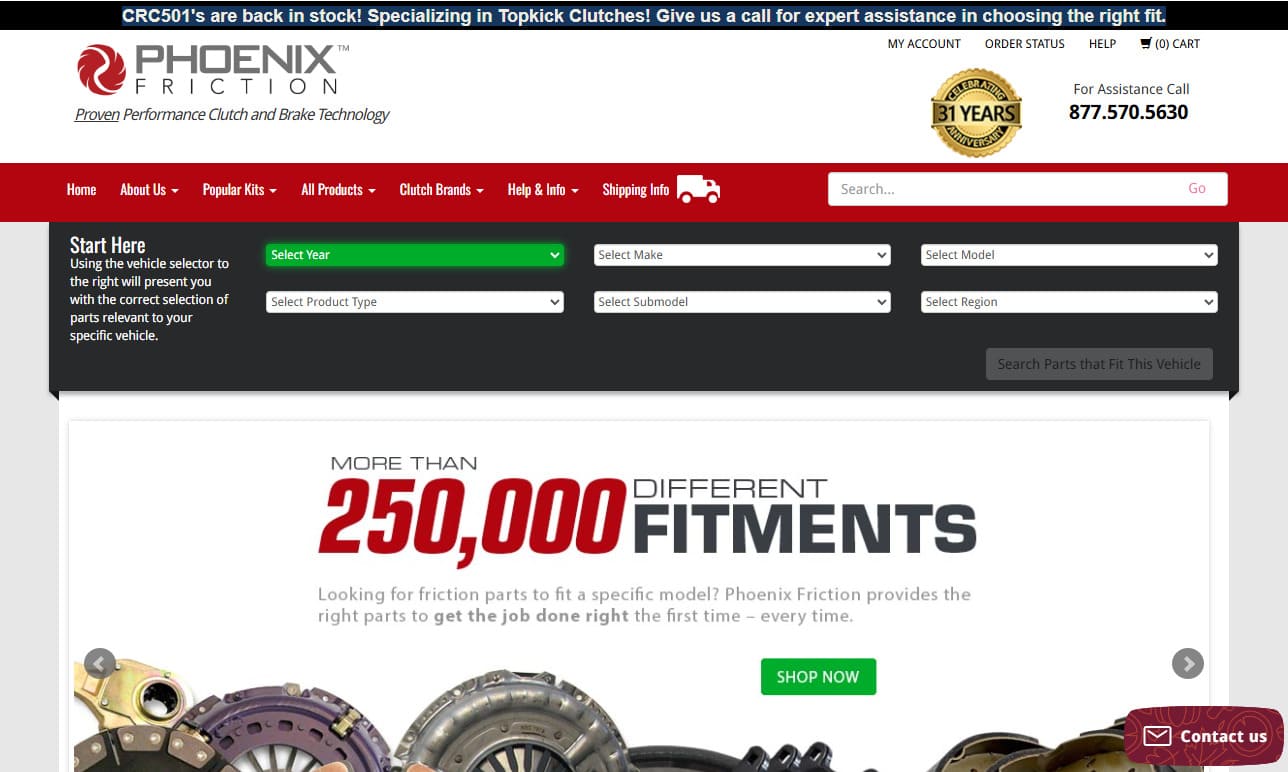
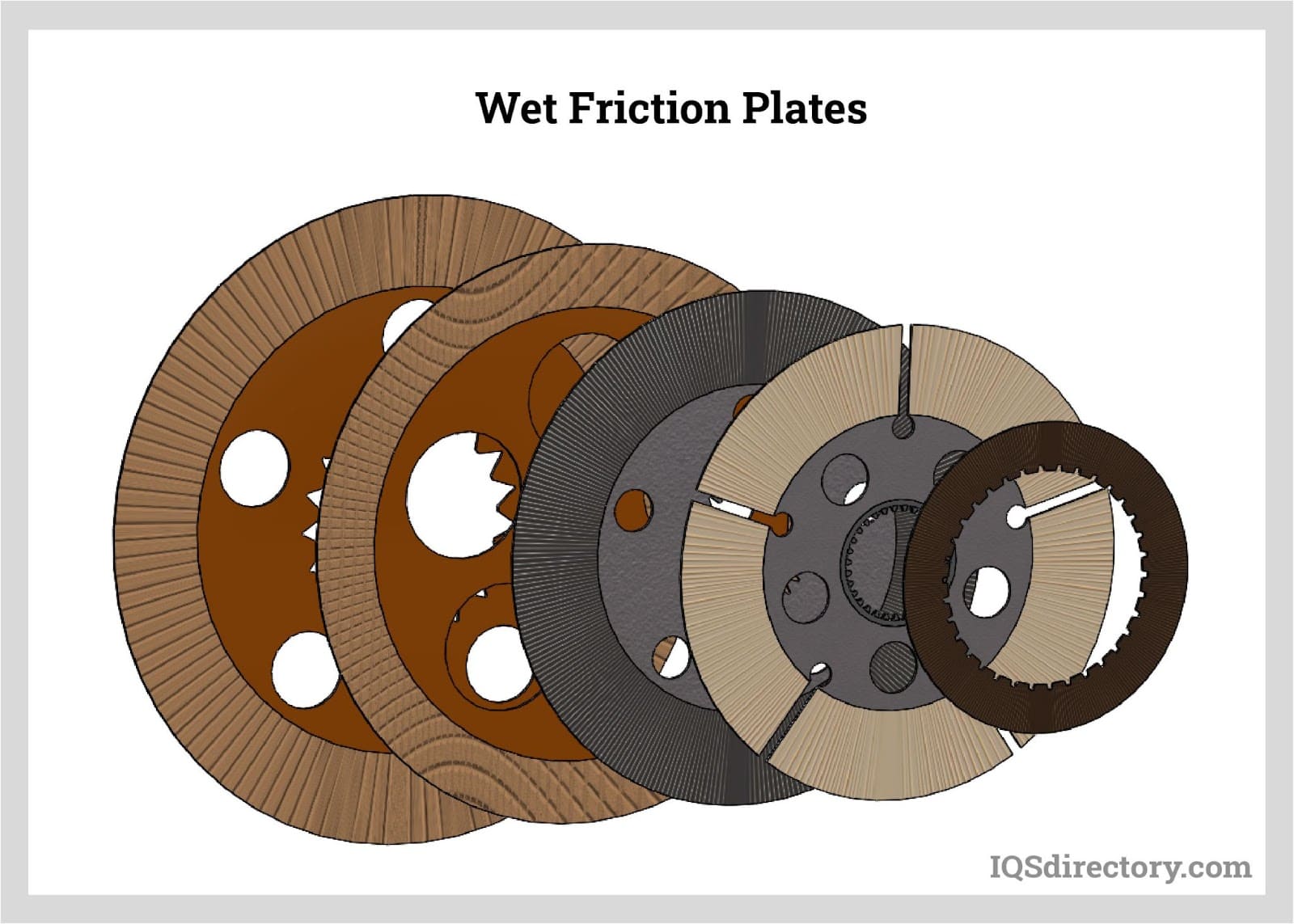
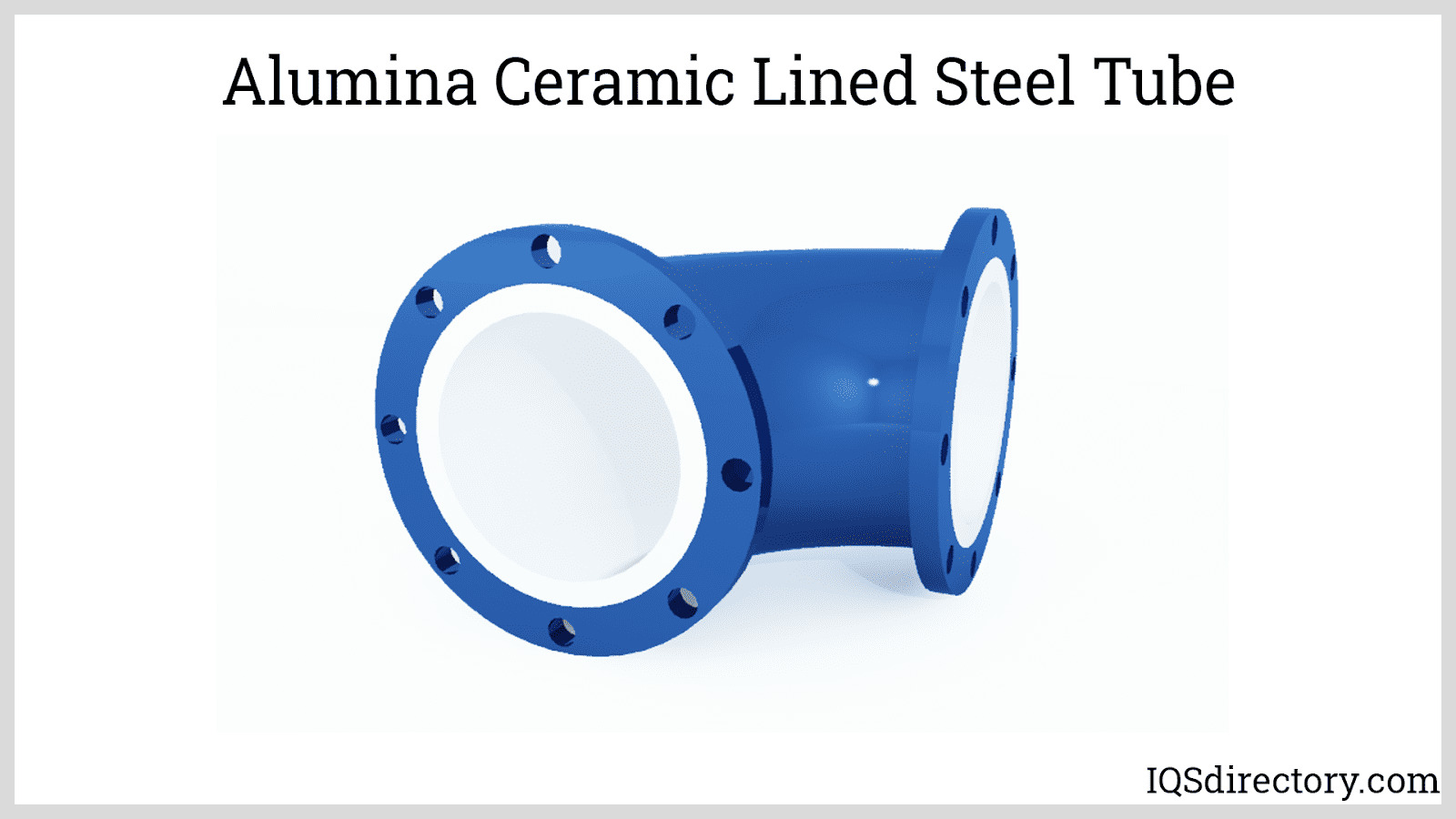
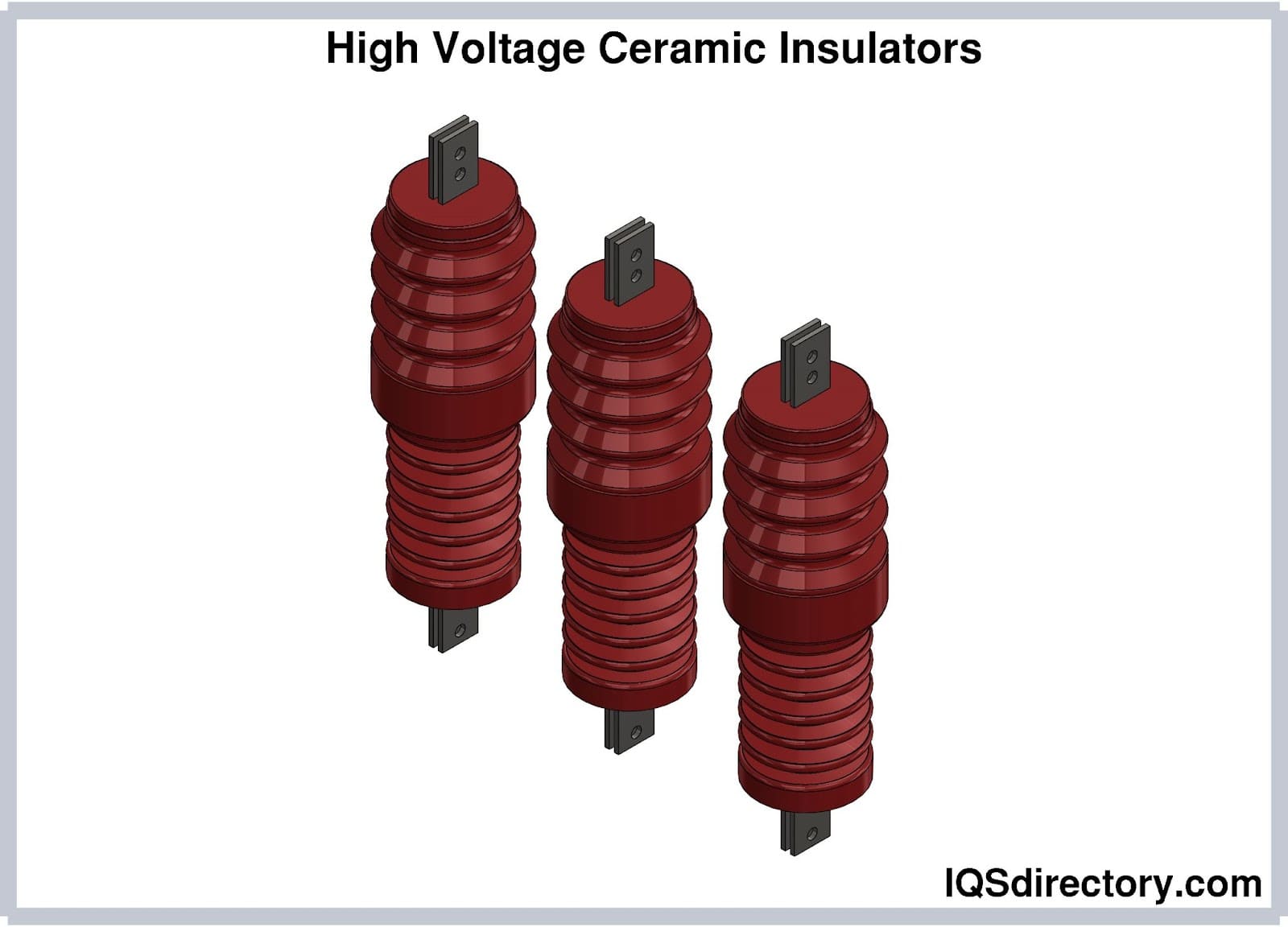
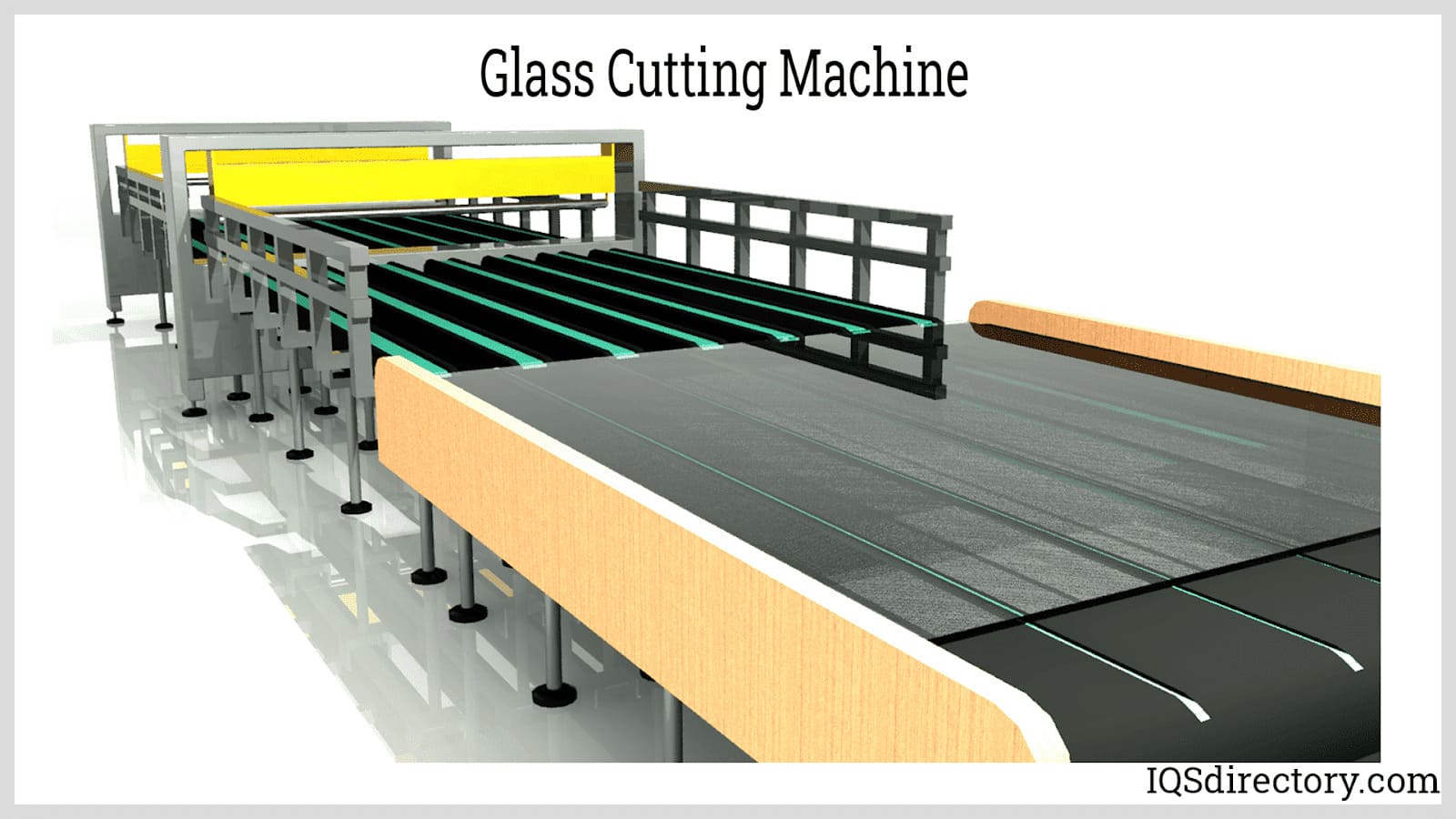
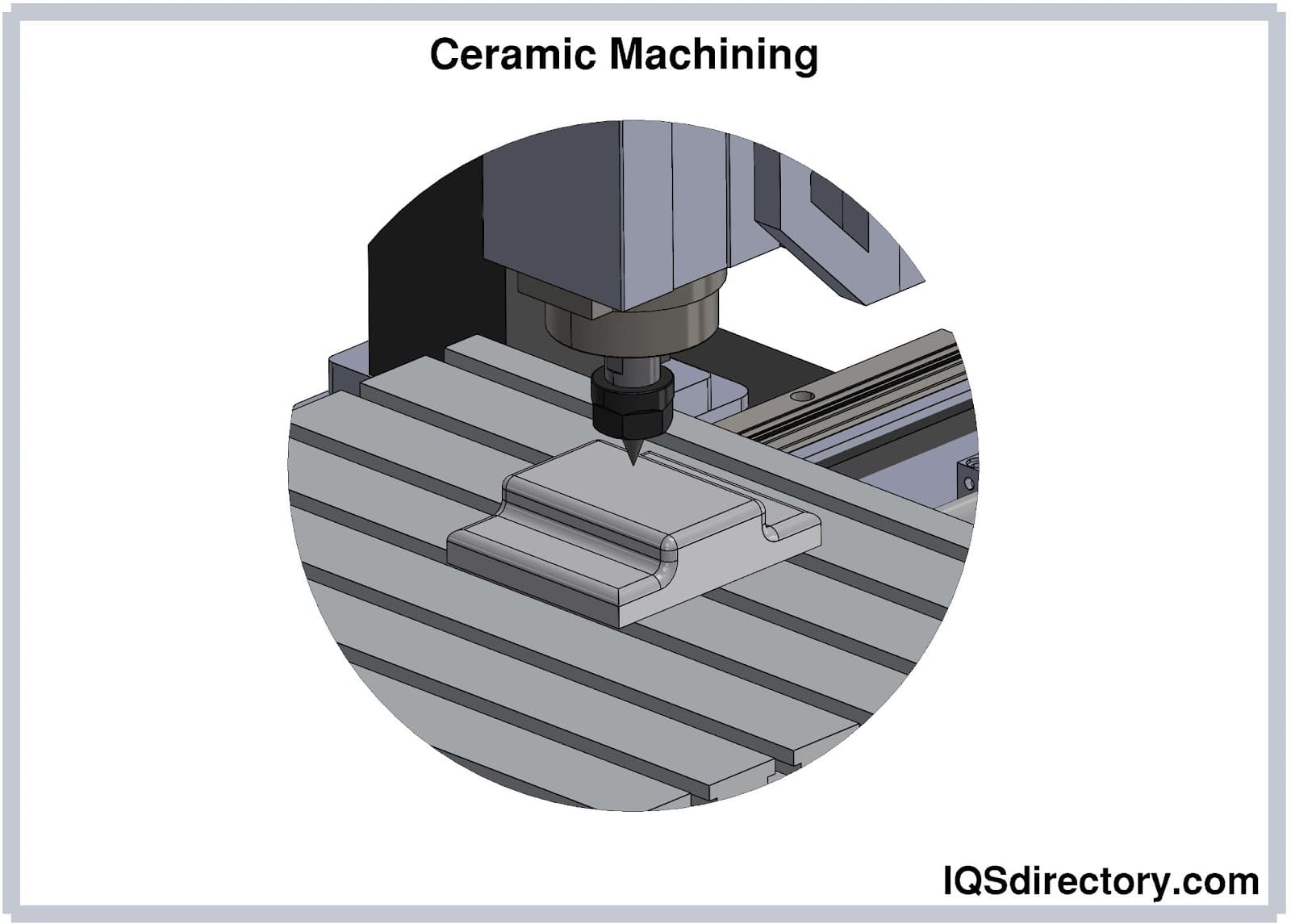
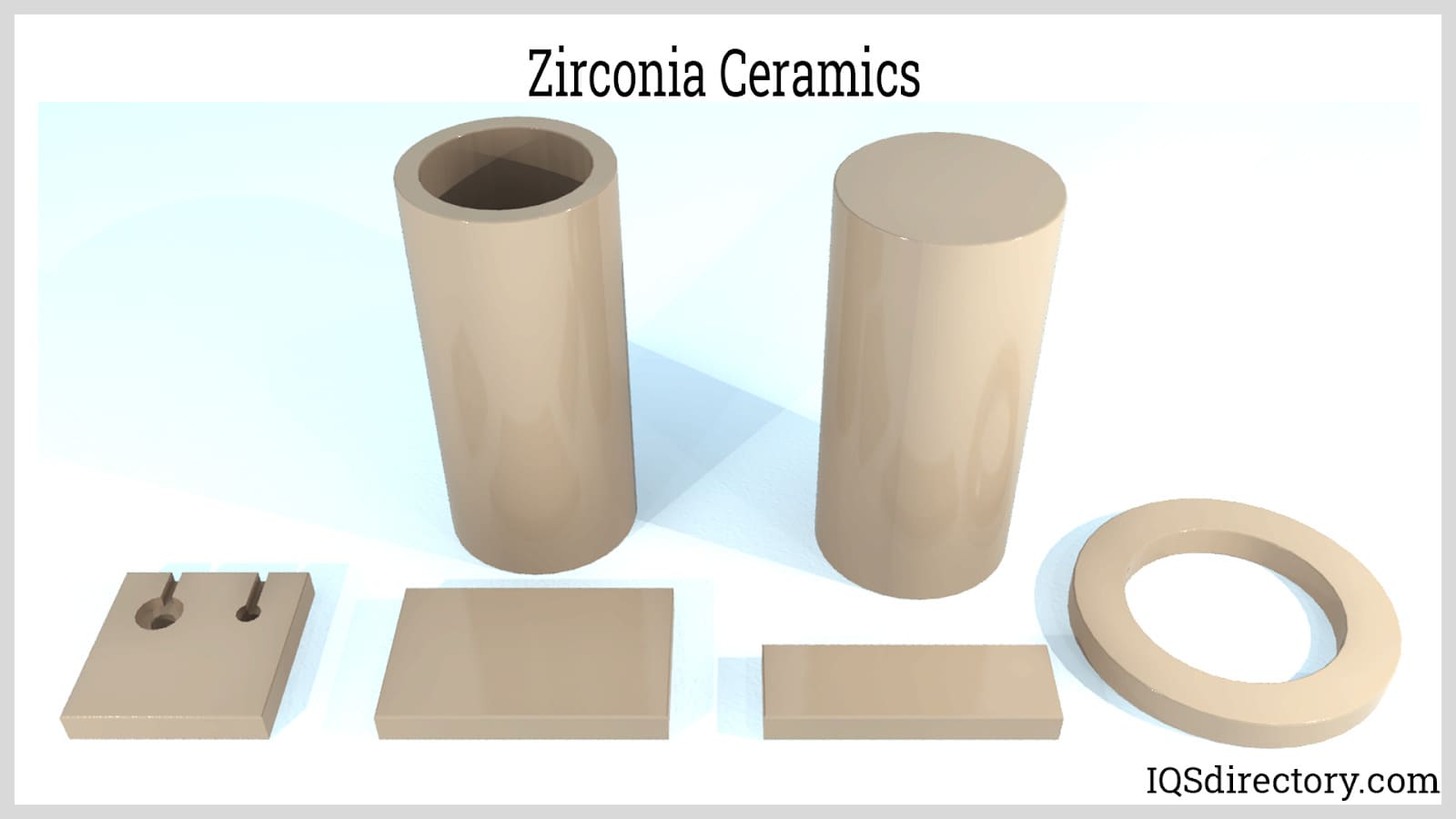
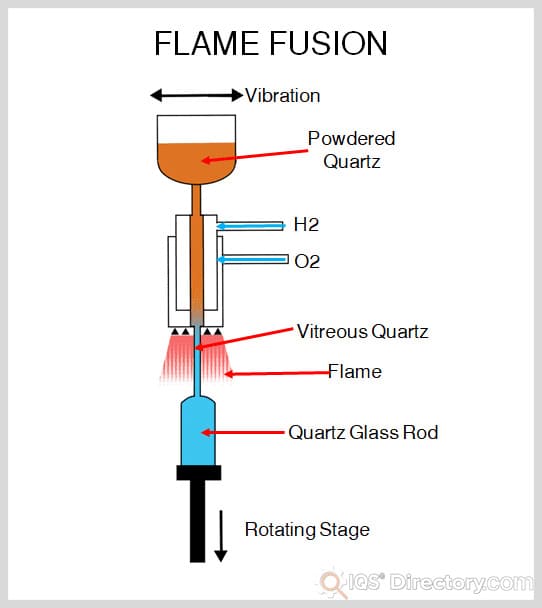
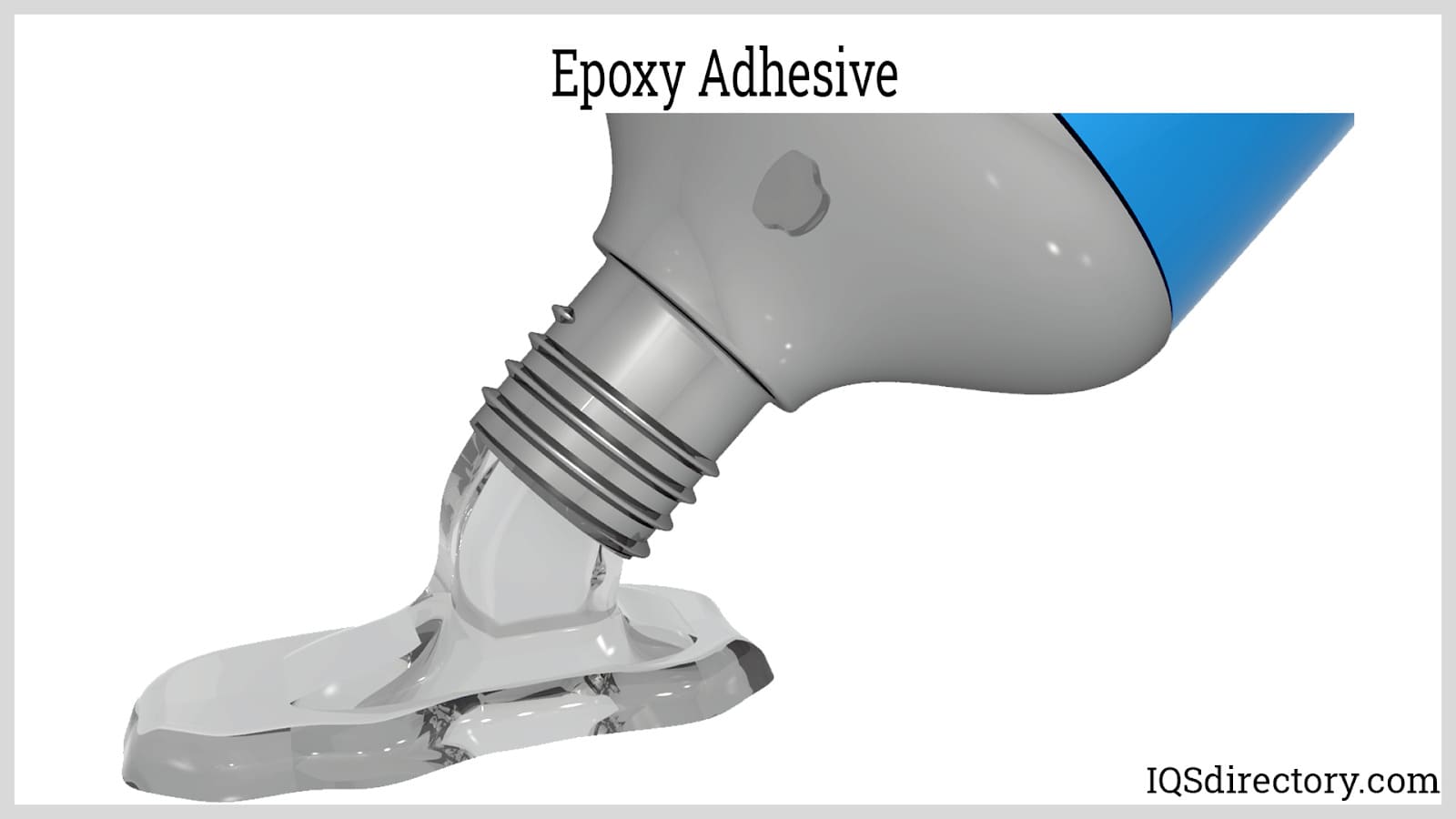
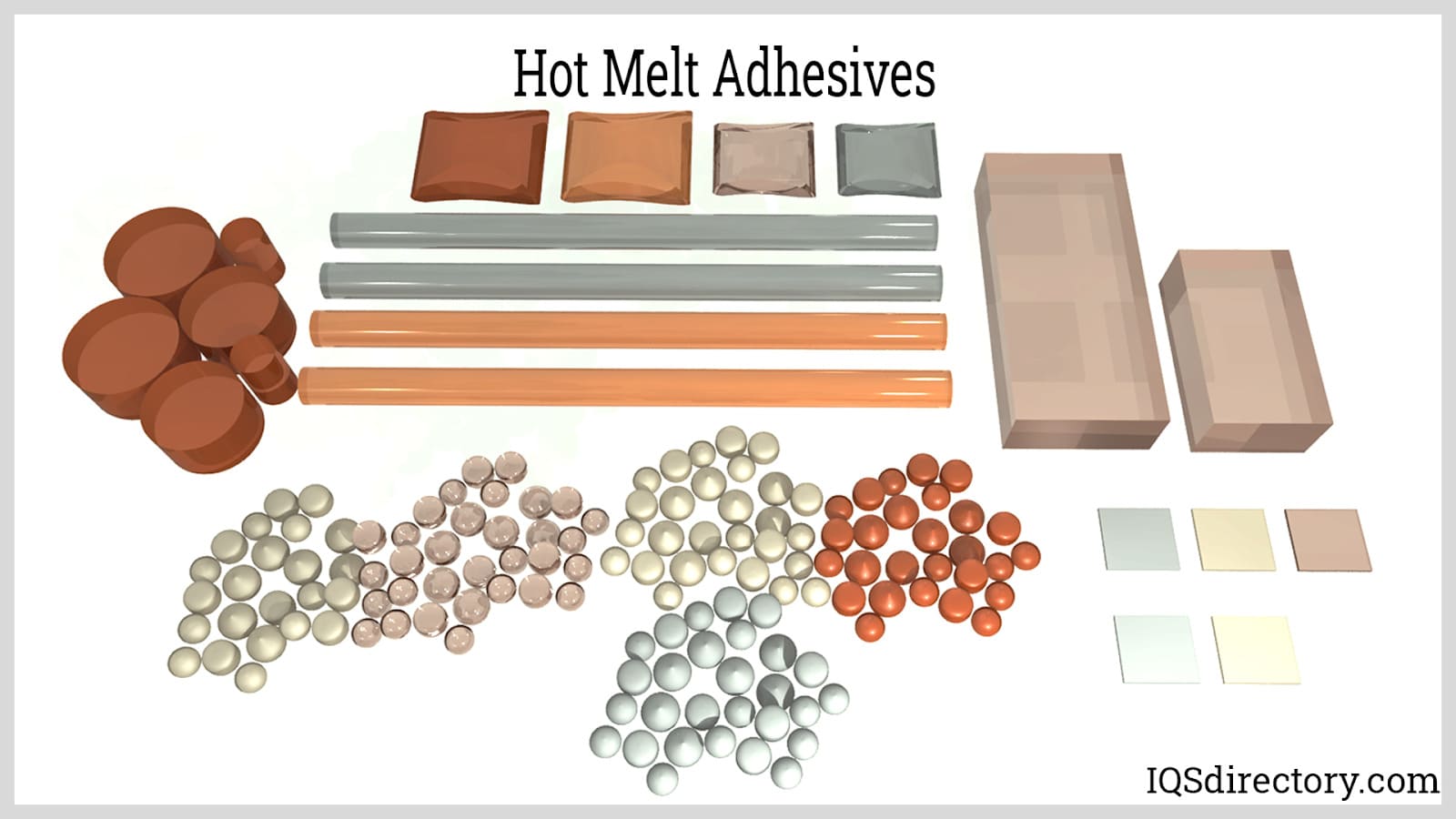
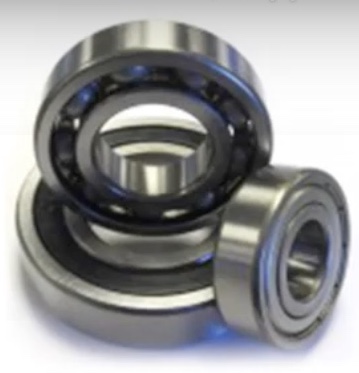 Ball Bearings
Ball Bearings Ball Screws
Ball Screws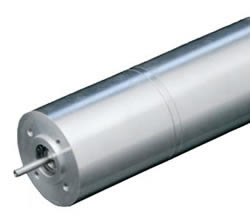 Electric Motors
Electric Motors Friction Materials
Friction Materials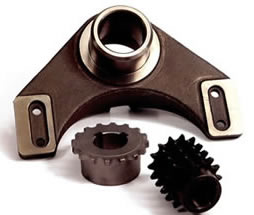 Gears
Gears Quick Release Couplings
Quick Release Couplings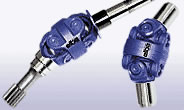 Shaft Couplings
Shaft Couplings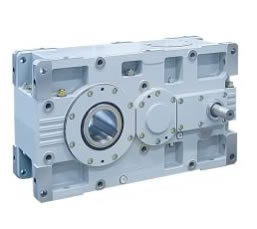 Speed Reducers
Speed Reducers Timing Belting
Timing Belting Castings & Forgings
Castings & Forgings Bulk Material Handling
Bulk Material Handling Electrical & Electronic Components
Electrical & Electronic Components Flow Instrumentation
Flow Instrumentation Hardware
Hardware Material Handling Equipment
Material Handling Equipment Metal Cutting Services
Metal Cutting Services Metal Forming Services
Metal Forming Services Metal Suppliers
Metal Suppliers Motion Control Products
Motion Control Products Plant & Facility Equipment
Plant & Facility Equipment Plant & Facility Supplies
Plant & Facility Supplies Plastic Molding Processes
Plastic Molding Processes Pumps & Valves
Pumps & Valves Recycling Equipment
Recycling Equipment Rubber Products & Services
Rubber Products & Services